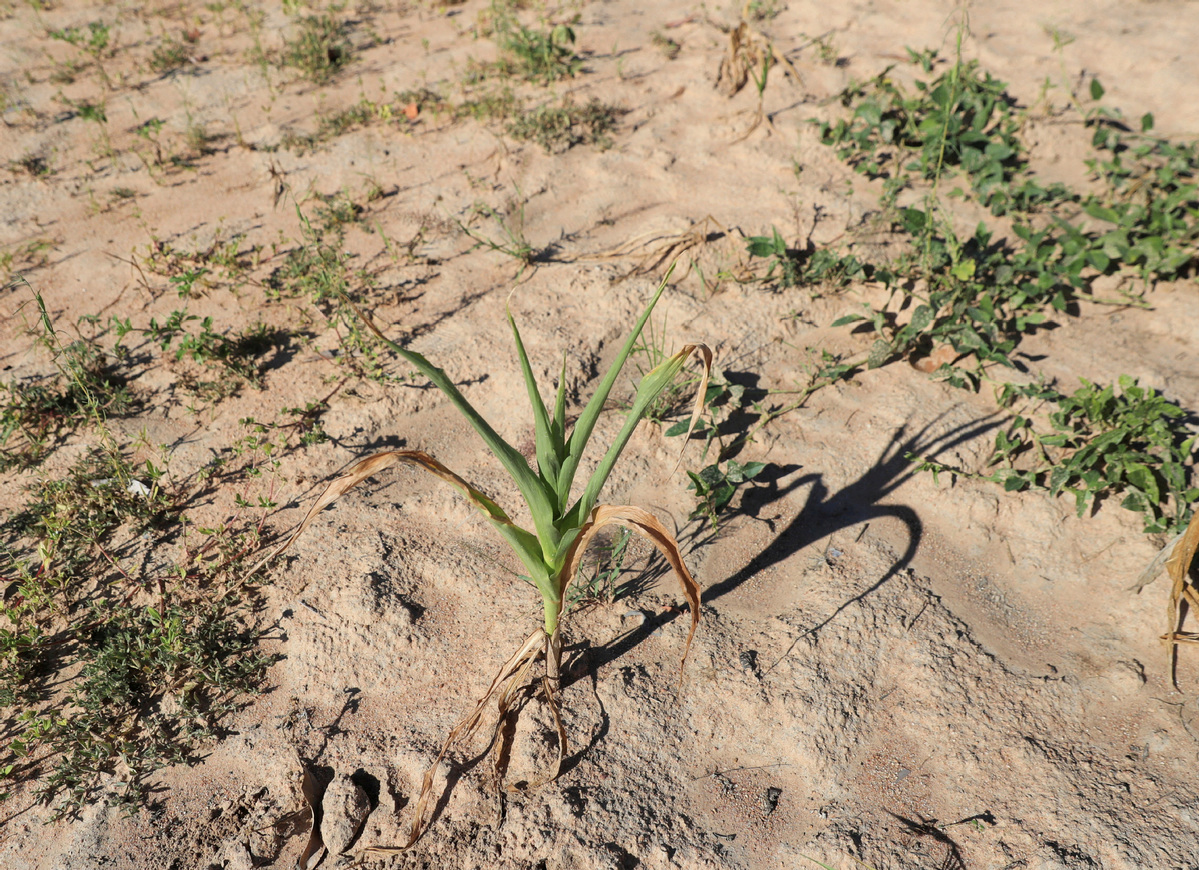Southern Africa to experience cereal shortage
By Edith Mutethya in Nairobi, Kenya | chinadaily.com.cn | Updated: 2024-04-25 16:33

The Food and Agriculture Organization has warned that Southern African countries will experience maize shortages due to the recent El Nino-linked drought that has decimated harvest prospects.
The predicted production shortfall is expected to intensify households' food insecurity, increase domestic prices and spur a surge in import needs across the sub-region, as the new assessment from FAO's Global Information and Early Warning System indicated.
Acute food insecurity in southern Africa, estimated at 16 million people in the first three months of 2024, could deteriorate in late 2024, the UN agency warned.
Additionally, food prices, which are already increasing at an annual rate of more than 10 percent, could rise further.
According to the current projections, South Africa and Zambia which are typically maize exporters, will not be able to cover the supply shortfall. Over the years, white maize supplies from the two countries have been more than sufficient to meet the import demand of the neighboring countries.
Unfortunately, due to the current situation, Zambia has already started importing maize to meet the shortfall. The governments of Malawi, Zambia and Zimbabwe, on the other hand have, declared drought emergencies.
White maize accounts for almost 20 percent of calories consumed in Southern Africa.
Zimbabwe is expected to experience a significant increase in maize imports because it's likely to have a precipitous drop in production. Imports are also forecast to rise markedly in Malawi and Mozambique.
Jonathan Pound, an economist at FAO's Global Information and Early Warning System, said the combination of reduced harvests and rising food prices is particularly harmful to agricultural households and the restoration of production. This is because farm incomes are set to be squeezed while more resources will be needed to purchase food.
FAO warned that low cereal outturns in South Africa and Zambia could also affect the sub-regional availability of maize seeds for the subsequent agricultural cropping season, starting in September.
The last time a cereal shortage was experienced in the region was in 2016/2017, following the El Niño-affected harvest. During that period, nearly 650,000 metric tons of white maize were sourced from Mexico and the United States.
























